Hybrid vehicles combine the benefits of a gasoline engine and an electric motor to improve fuel efficiency and reduce emissions. To maximize these benefits of a hybrid car, charging is essential, especially if you own a plug-in hybrid. This guide will take you through hybrid vehicles and how to charge them.
Types of Hybrid Cars
Before we dive into how to charge a hybrid car, let's take a quick look at the two main types you'll encounter: Standard Hybrids and Plug-in Hybrid Electric Vehicles (PHEVs). Each has its own unique features and charging needs.
Standard Hybrids: These combine a gasoline engine with an electric motor. They don't need to be plugged in because they recharge their batteries through regenerative braking and by using the gasoline engine. It's a seamless process that happens as you drive.
Plug-in Hybrid Electric Vehicles (PHEVs): These have larger batteries that you can charge by plugging them into an external power source, like a home EV charger or a public charging station. This means you can drive on electric power alone for longer distances before the gasoline engine kicks in.

Once you understand the two types, let's look at the pros and cons of hybrids.
Advantages and Disadvantages of Hybrid Cars
Hybrid cars offer a blend of benefits and drawbacks that are important to consider before making a purchase. Here’s a closer look at the pros and cons:
Advantages
-
Fuel Efficiency: Hybrid cars are more fuel-efficient than traditional gasoline cars, which can save you money on fuel over time.
-
Lower Emissions: They produce fewer emissions, making them a more environmentally friendly option.
-
Versatility: PHEVs provide the flexibility of driving on electric power for short trips and using gasoline for longer distances, giving you the best of both worlds.
-
Regenerative Braking: This feature helps recharge the battery while driving, improving overall efficiency without needing to plug in (for standard hybrids).
Disadvantages
-
Higher Purchase Price: Hybrids tend to be more expensive than their gasoline-only counterparts due to their advanced technology and dual systems.
-
Complex Maintenance: The combination of an electric motor and a gasoline engine can make maintenance more complex and potentially more costly.
-
Charging Infrastructure: PHEVs require access to charging infrastructure, which may not be as widespread in some areas, adding a layer of planning to your driving routine.
Weigh these pros and cons and then decide if you need a hybrid car.
What Types of Batteries Are Used in Hybrid Cars?
Hybrid cars rely on different types of batteries to power their electric motors, each with its own set of characteristics and advantages.
Most standard hybrids use Nickel-Metal Hydride (NiMH) batteries. These batteries are known for their durability and ability to withstand a wide range of temperatures. They are cost-effective and have been used in hybrid vehicles for many years due to their reliability and proven performance.
On the other hand, Plug-in Hybrid Electric Vehicles (PHEVs) typically use Lithium-Ion (Li-Ion) batteries. These batteries are lighter and have a higher energy density compared to NiMH batteries, which means they can store more energy in a smaller space. This higher energy density is crucial for PHEVs, as it allows for longer electric-only driving ranges. Additionally, Li-Ion batteries charge faster and have a longer lifespan, making them a preferred choice for modern hybrid vehicles.
To summarize:
-
Nickel-Metal Hydride (NiMH) Batteries: Durable, cost-effective, and reliable, commonly used in standard hybrids.
-
Lithium-Ion (Li-Ion) Batteries: Higher energy density, lighter, faster charging, and longer lifespan, typically used in PHEVs.
Understanding the type of battery used in your hybrid car is essential, as it influences the vehicle's performance, range, and charging time.
How to Charge a Plug-in Hybrid at Home
First, consider installing a Level 2 EV charger. This is a faster and more efficient way to charge your car than using a standard household outlet. Level 2 chargers work on 240V outlets, similar to those used for larger appliances, and can greatly reduce the time it takes to fully charge your car.
Once installed, simply plug the charging cable into your car's charging port. The charging process will begin automatically.
Most plug-in hybrids come with an app or onboard display that allows you to monitor the charging progress and see when the battery is fully charged.
Tips for Efficient Charging
-
Charge Overnight: Charging overnight is often the most convenient and can take advantage of lower electricity rates if your provider offers them.
-
Maintain Battery Health: To prolong the life of your battery, it’s best to keep the charge level between 20% and 80% whenever possible.
-
Stay Informed: Use your car’s app or display to keep track of charging sessions and get notifications when charging is complete.
Installing a home charging station can save you time and increase your daily productivity.
How to Use Public Charging Stations for Hybrids
Charging your hybrid car at a public station is straightforward and convenient. Here’s how to make the most of it:
Locating a Charging Station: Use your car's navigation system or dedicated apps to find nearby charging stations. These tools will show you real-time information on availability, pricing, and charger types.
Preparing for Charging: Ensure the charging station is compatible with your hybrid. Most hybrids use standard connectors for Level 2 charging and fast charging.
Initiating the Charge
-
For Level 2 charging, simply plug the connector into your car’s charging port. These chargers are ideal for longer stops, as they take a few hours to fully charge your vehicle.
-
For fast charging, follow the station’s instructions to connect the charger. These are perfect for quick stops, providing a significant charge in 30 minutes to an hour.
Managing the Charging Session: Start the charging process using a mobile app, a membership card, or a contactless payment method. Monitor the charging status through your car’s display or the charging app. You’ll typically receive a notification when charging is complete.
Finishing Up: Once your car is charged, unplug the connector and return it to its place. Make sure to move your car promptly to allow others to use the station.
Tips for Efficient Use of Public Charging Stations
-
Plan Ahead: Identify charging stations along your route, especially for longer trips.
-
Be Considerate: Move your car once charging is complete to free up the spot for other users.
-
Utilize Membership Programs: Consider joining charging networks that offer benefits like reduced rates or exclusive access to certain chargers.
What Charger Should You Use for a Hybrid Car?
For plug-in hybrids, a reliable, fast home charger can make all the difference. While the standard Level 1 charger that comes with your vehicle will get the job done, upgrading to a Level 2 charger is highly recommended for faster, more efficient charging.
Why Choose a Level 2 Charger?
-
Faster Charging: Level 2 chargers use a 240V outlet, allowing you to charge your vehicle much faster compared to the standard 120V Level 1 charger. This means less time waiting and more time driving.
-
Convenience: With a Level 2 charger installed at home, you can easily charge your hybrid car overnight and start each day with a full battery.
-
Cost-Effective: Over time, using a home Level 2 charger can be more cost-effective than relying on public charging stations.
For a reliable and high-quality Level 2 charger, consider the products from Autel. Autel offers a range of smart EV chargers designed to make home charging efficient and convenient. Their chargers come with advanced features such as Wi-Fi connectivity, which allows you to monitor and control your charging sessions remotely. Investing in a smart EV charger from Autel ensures that your hybrid car is always ready to go when you are.
Conclusion
Whether you're charging at home or using a public charging station, having the right methods and tools in place will ensure that your hybrid car is ready to go. Investing in a reliable home EV charger can make a big difference to your hybrid car driving experience.
FAQs
How Does a Hybrid Car Charge Itself?
Hybrid cars charge their batteries through regenerative braking and, in the case of standard hybrids, by using the gasoline engine. Regenerative braking captures energy typically lost during braking and converts it into electrical energy stored in the battery. For Plug-in Hybrid Electric Vehicles (PHEVs), the battery can also be charged by plugging into an external power source.
How to Fully Charge a Hybrid Battery?
To fully charge a Plug-in Hybrid Electric Vehicle (PHEV), you should use a Level 2 charger at home or a public charging station. Level 2 chargers, which operate on a 240V outlet, provide faster charging compared to standard 120V Level 1 chargers. Standard hybrids, on the other hand, cannot be fully charged externally and rely solely on regenerative braking and the gasoline engine.
How Often Do You Have to Charge a Hybrid Car?
For PHEVs, the frequency of charging depends on your driving habits. Regularly charging at home each night is typically sufficient to keep the battery topped up, especially if your daily driving falls within the electric range. Standard hybrids do not require external charging, as their batteries are maintained through regenerative braking and the gasoline engine.

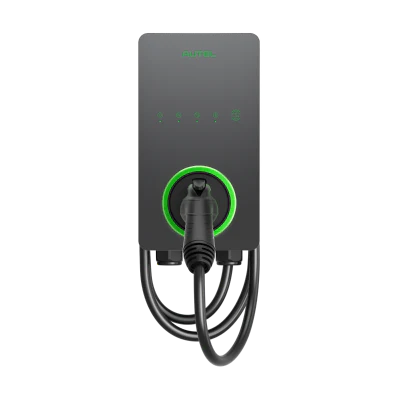
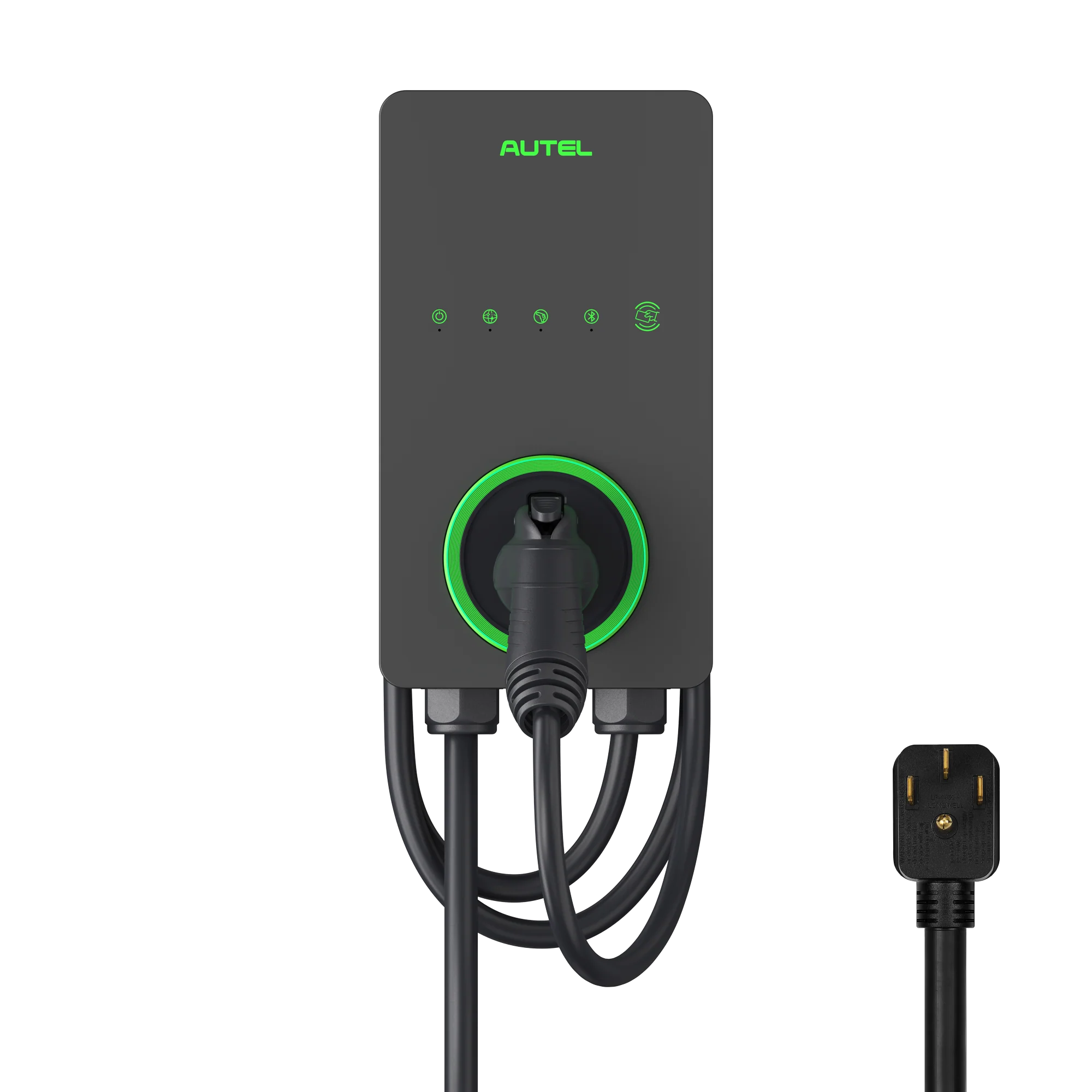
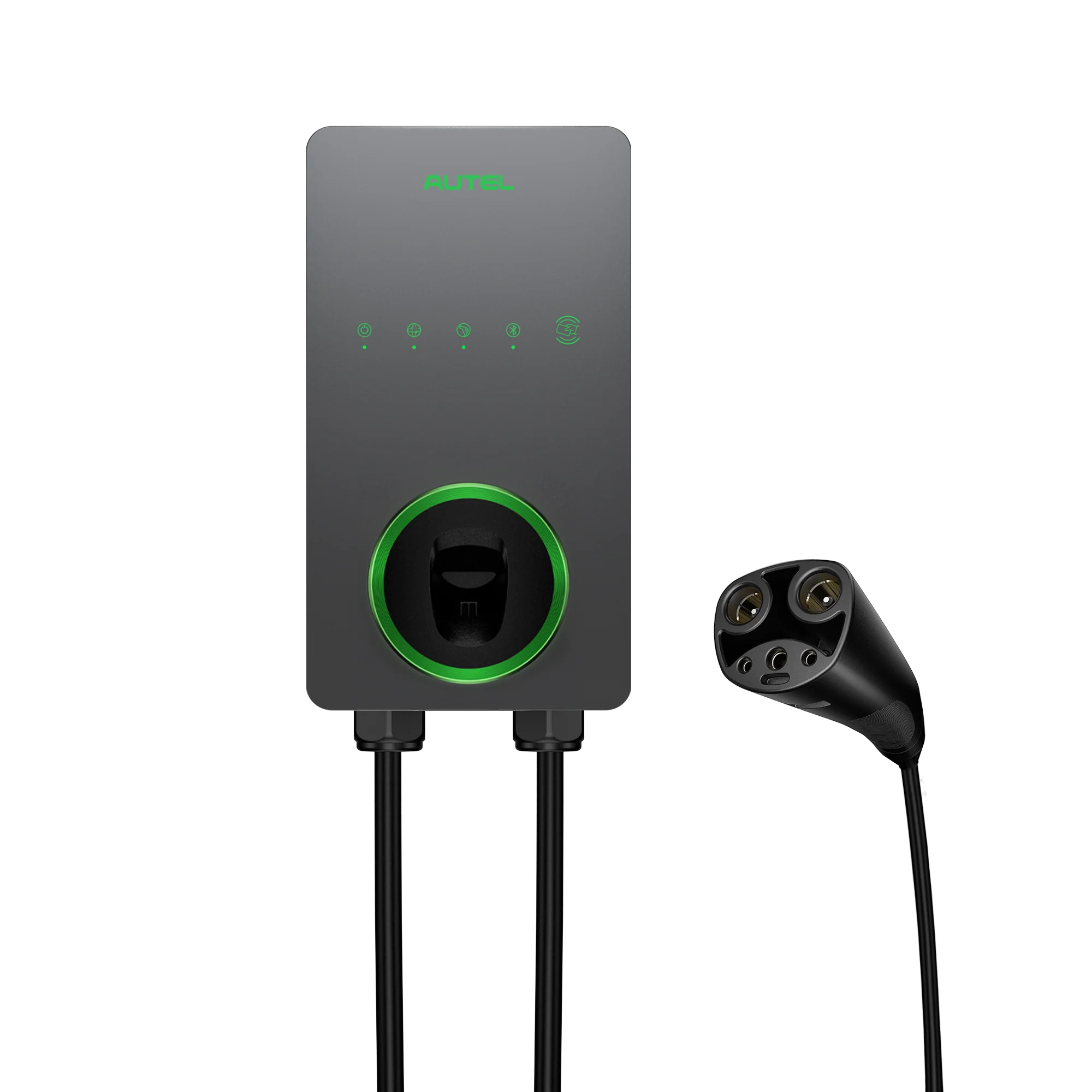
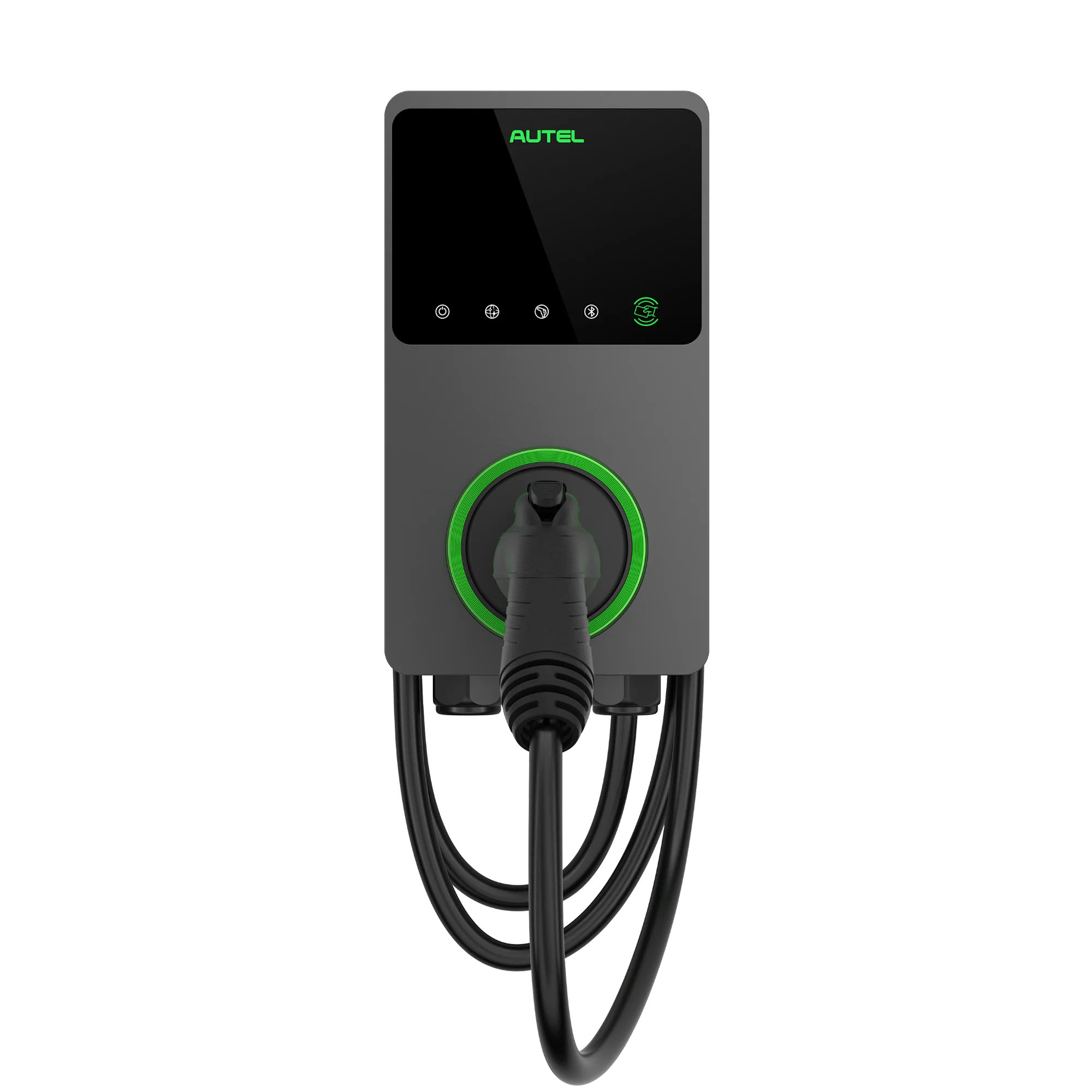
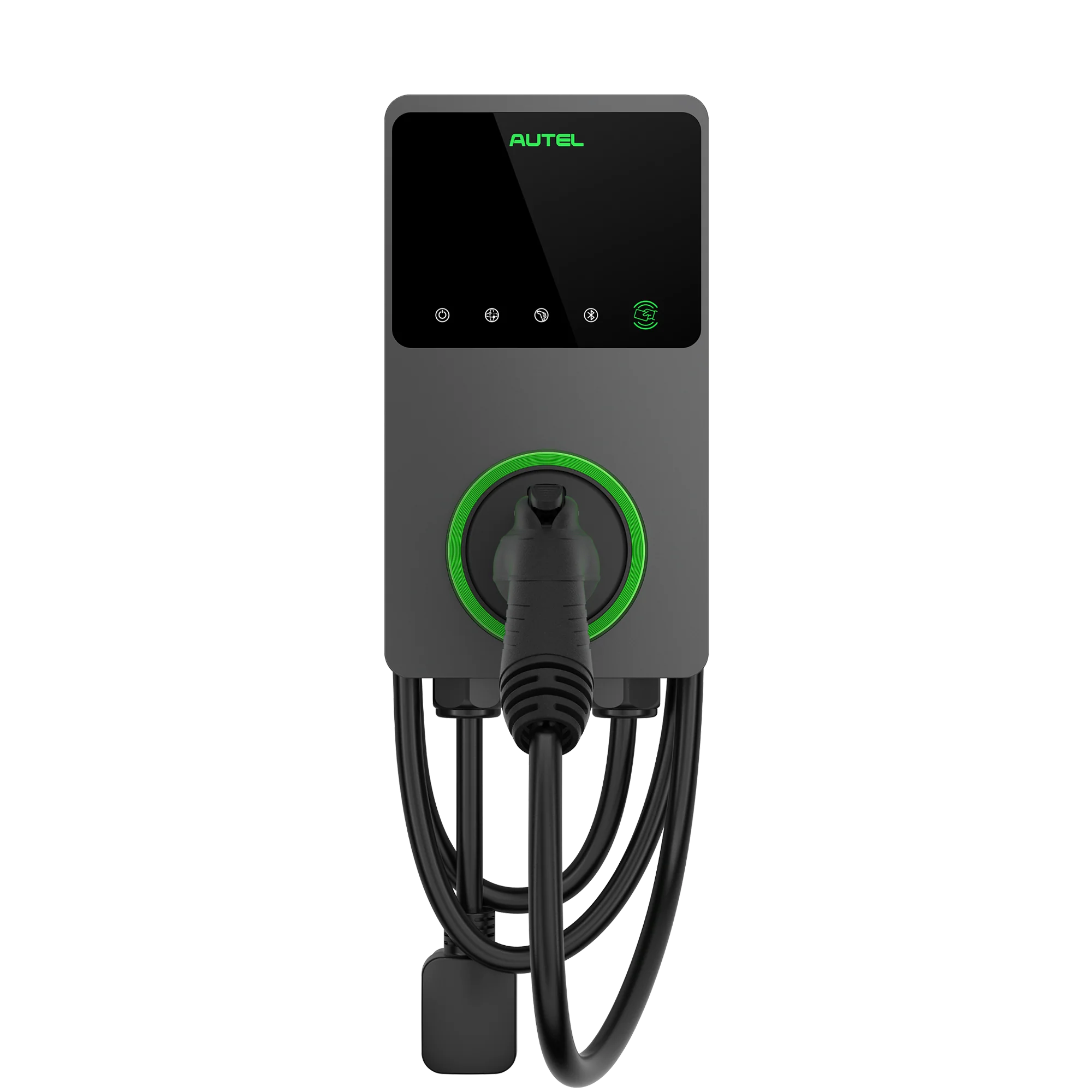
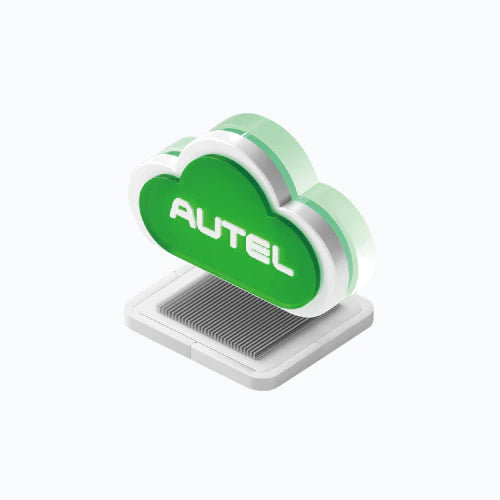
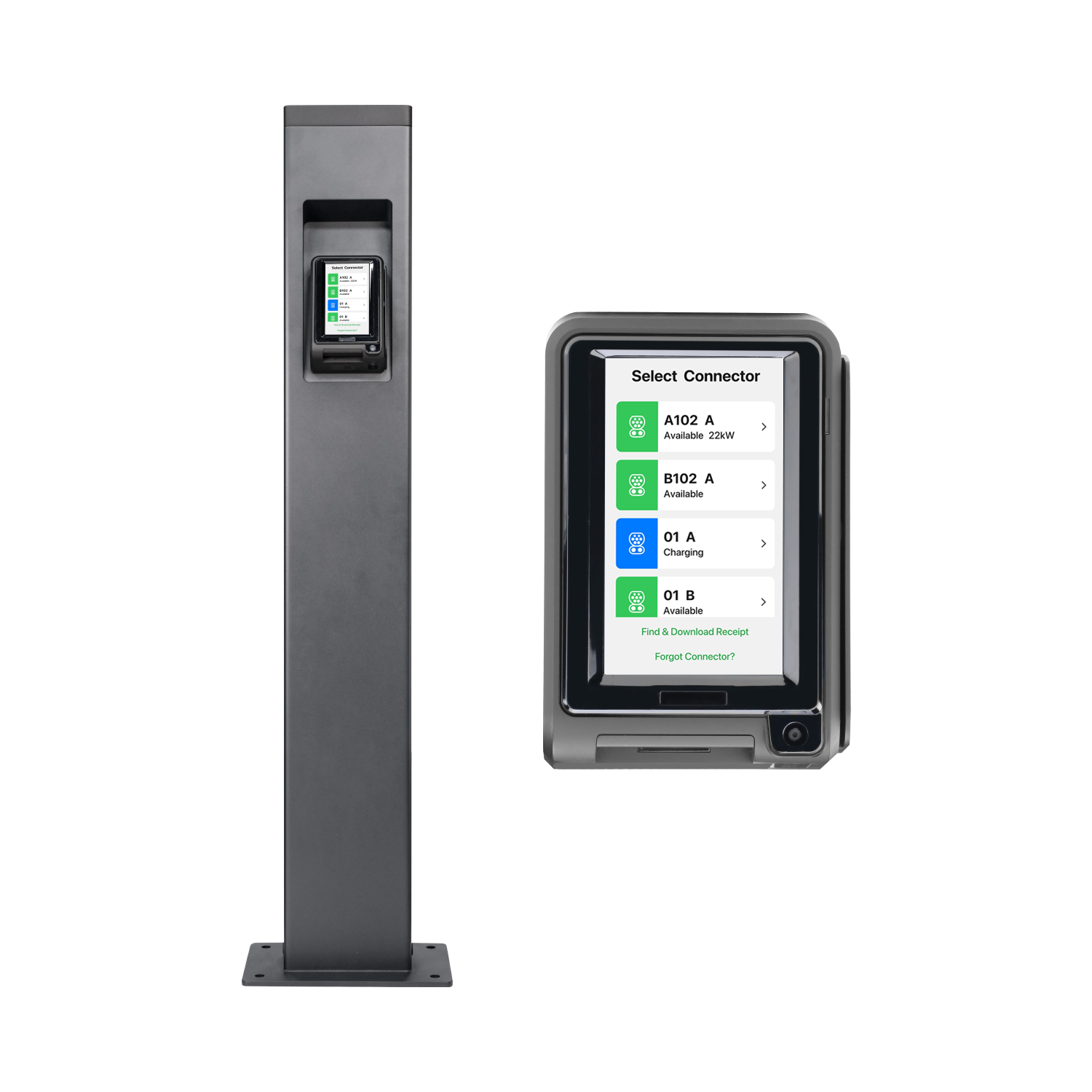
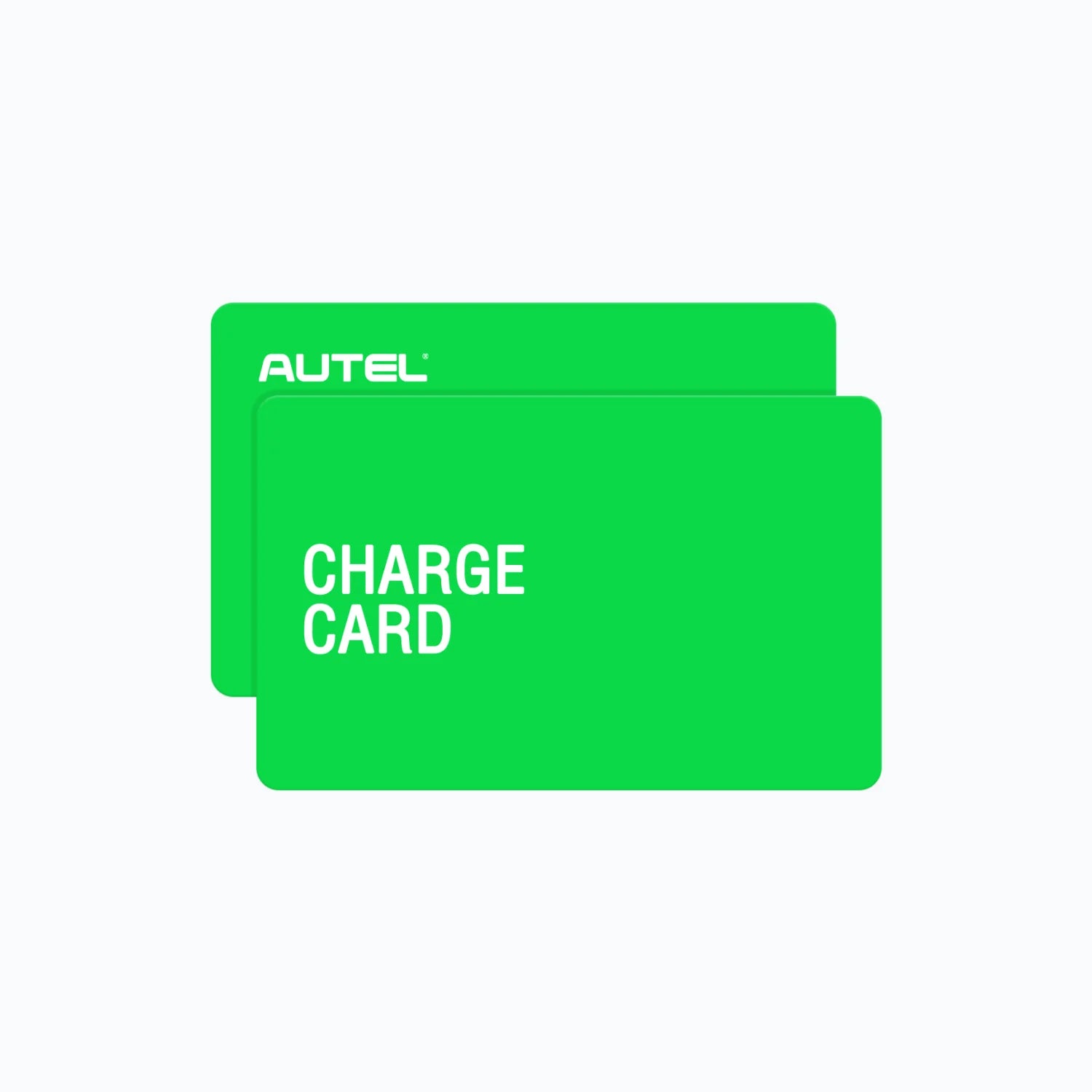
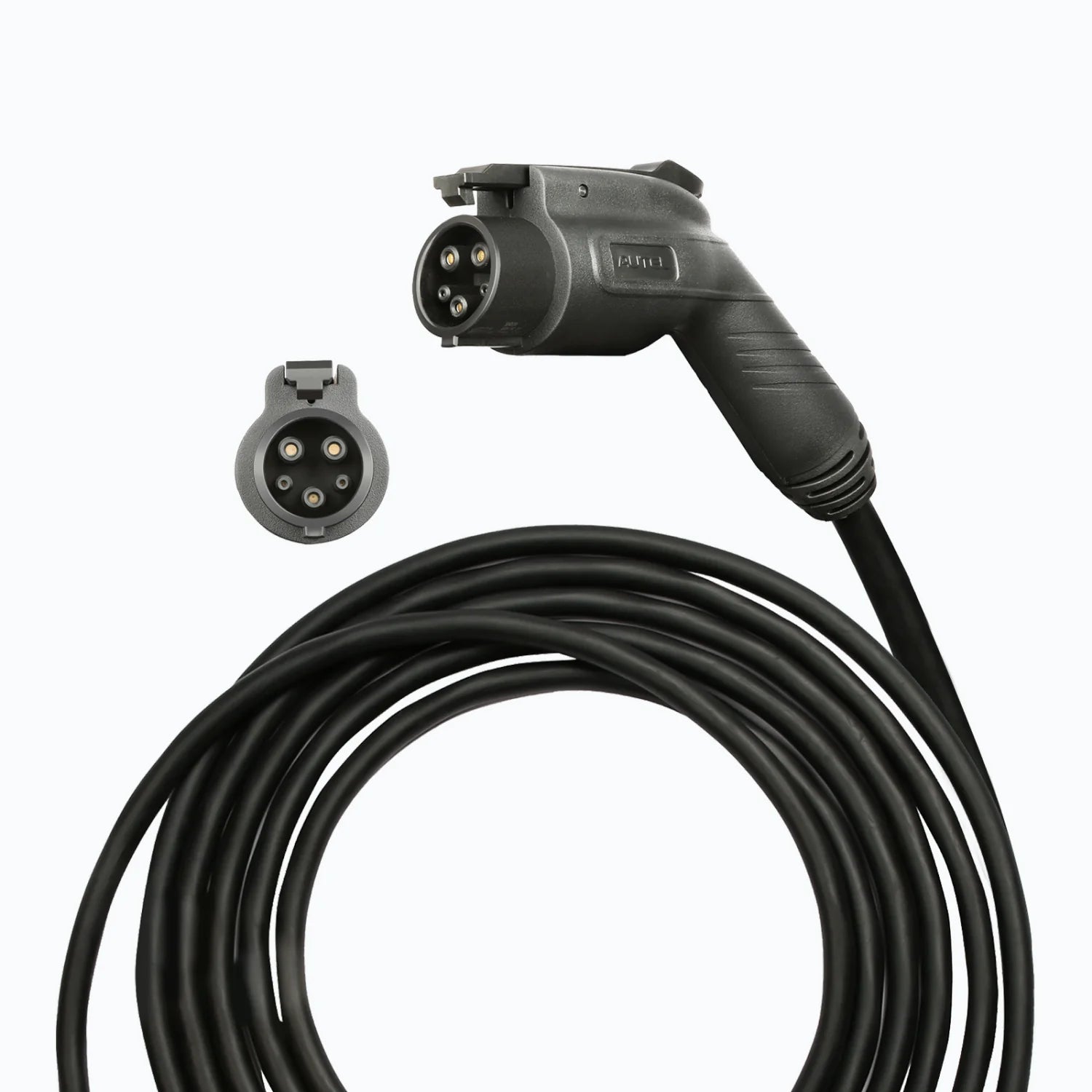
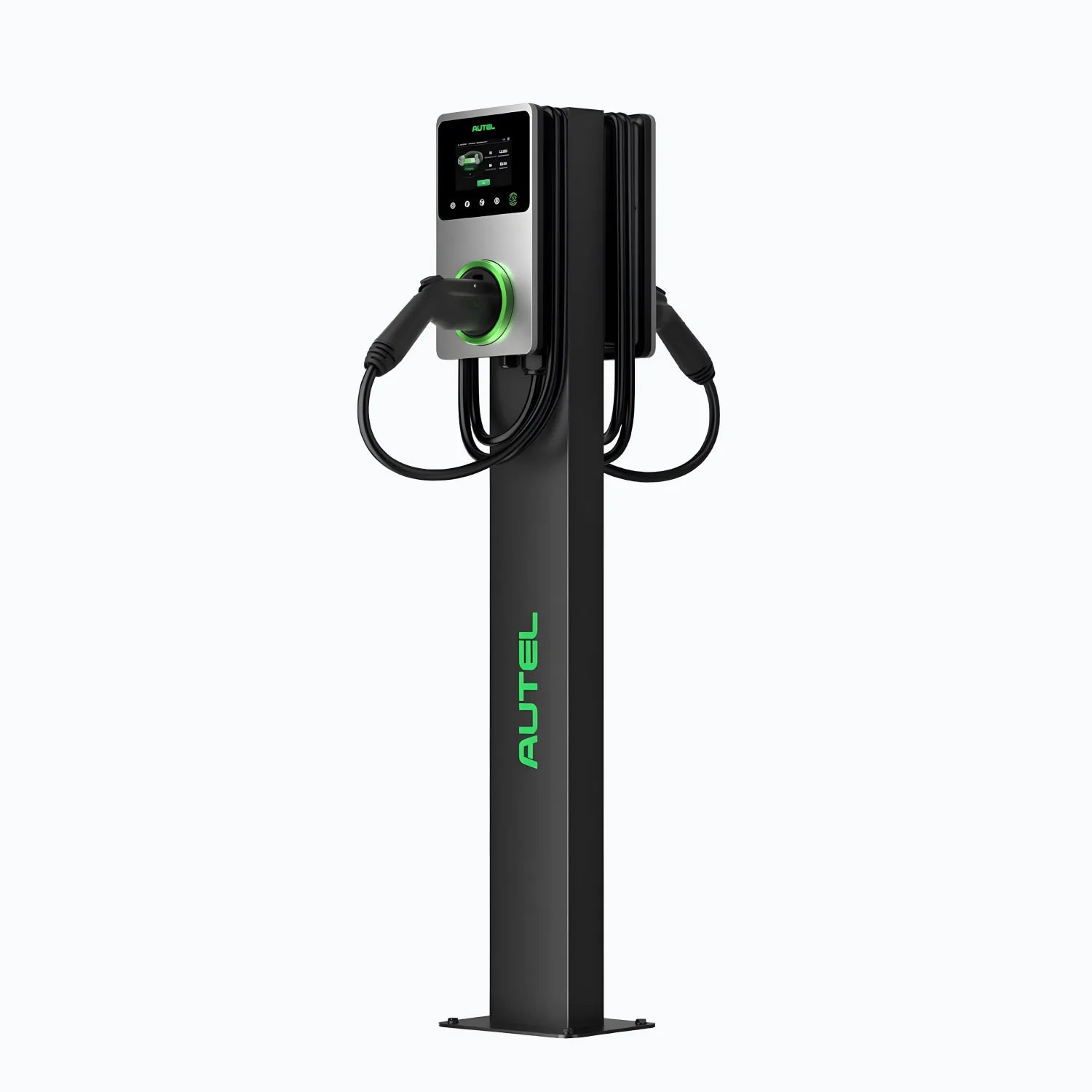
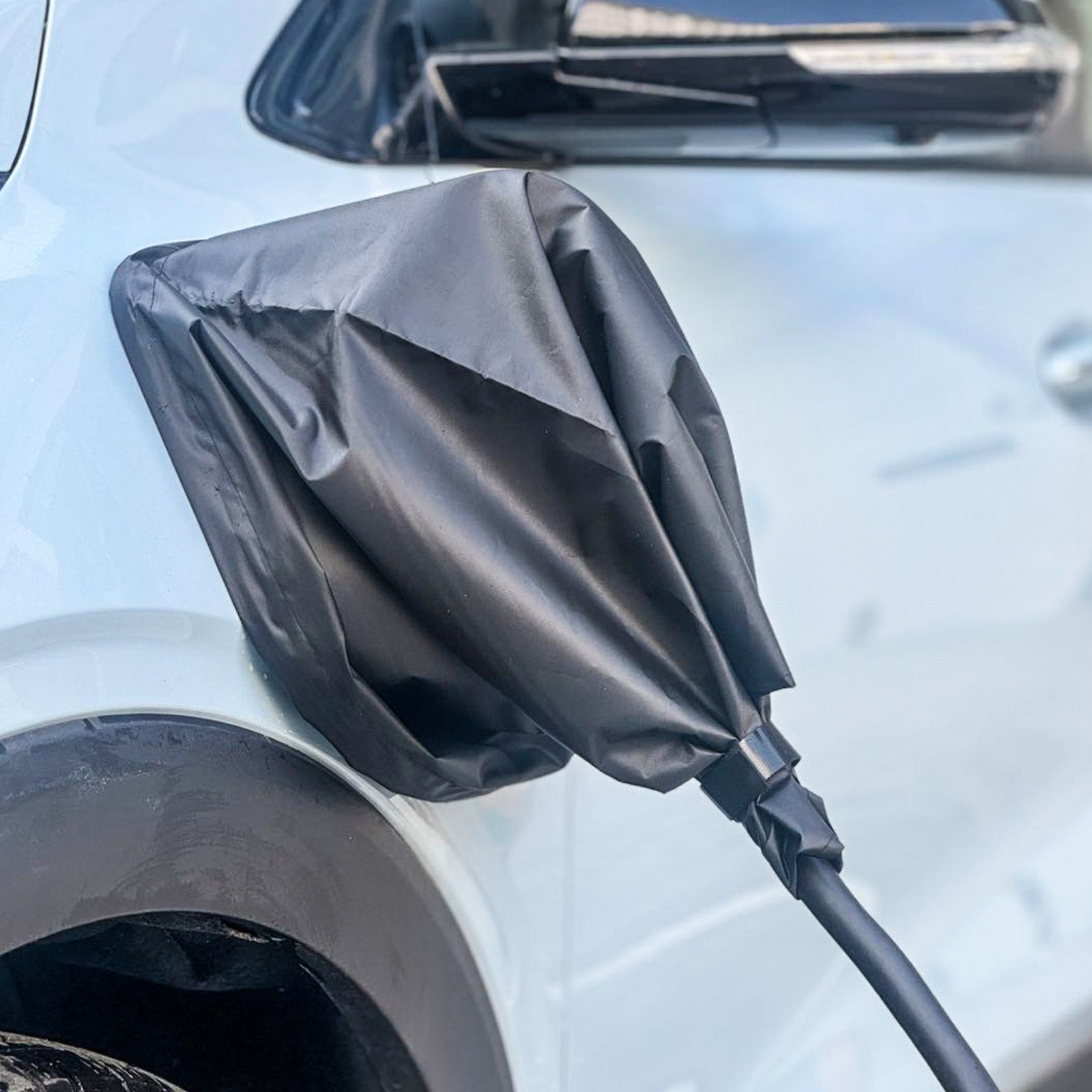
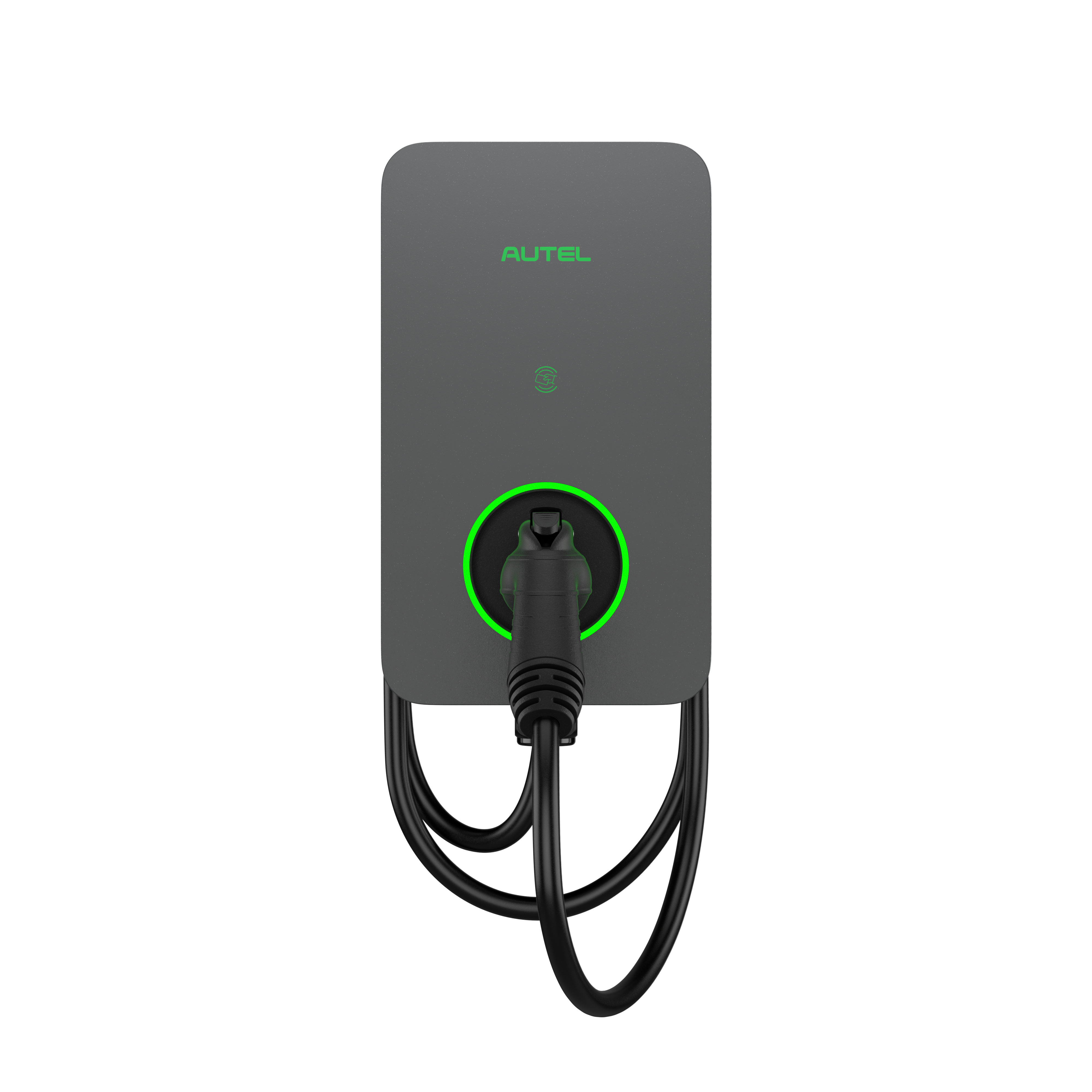
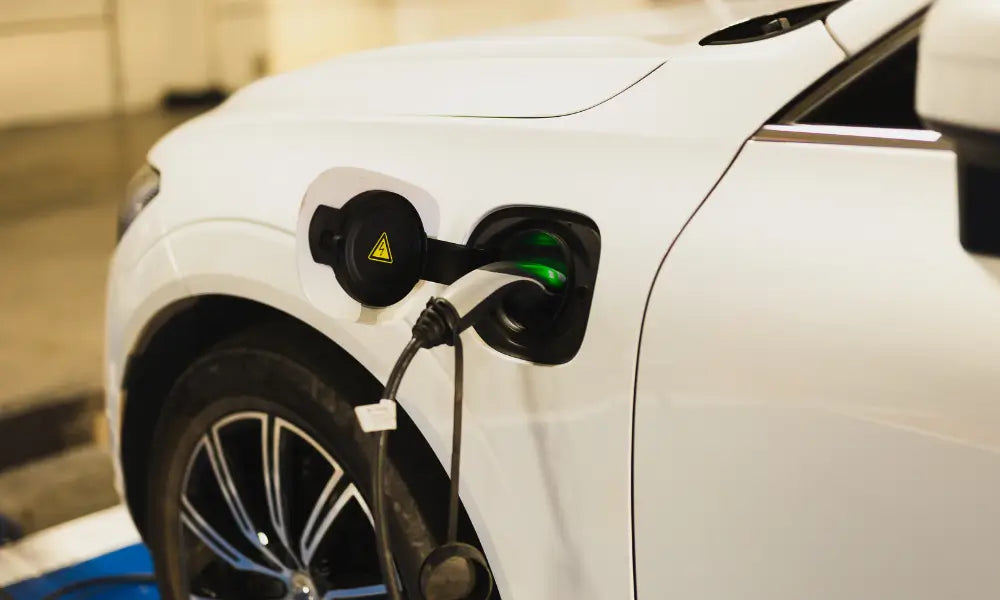

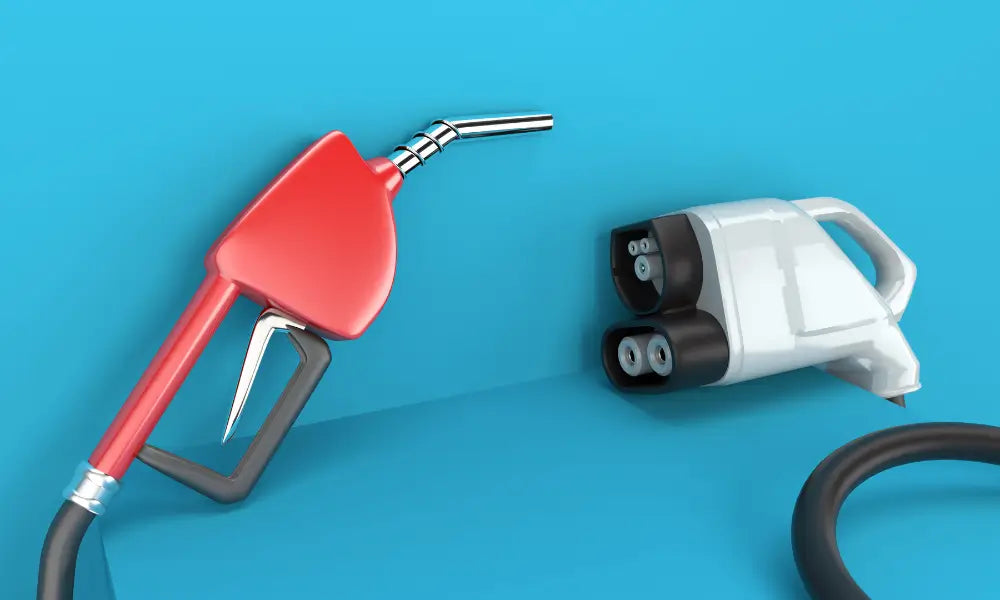
Laisser un commentaire
Tous les commentaires sont modérés avant d'être publiés.
Ce site est protégé par hCaptcha, et la Politique de confidentialité et les Conditions de service de hCaptcha s’appliquent.